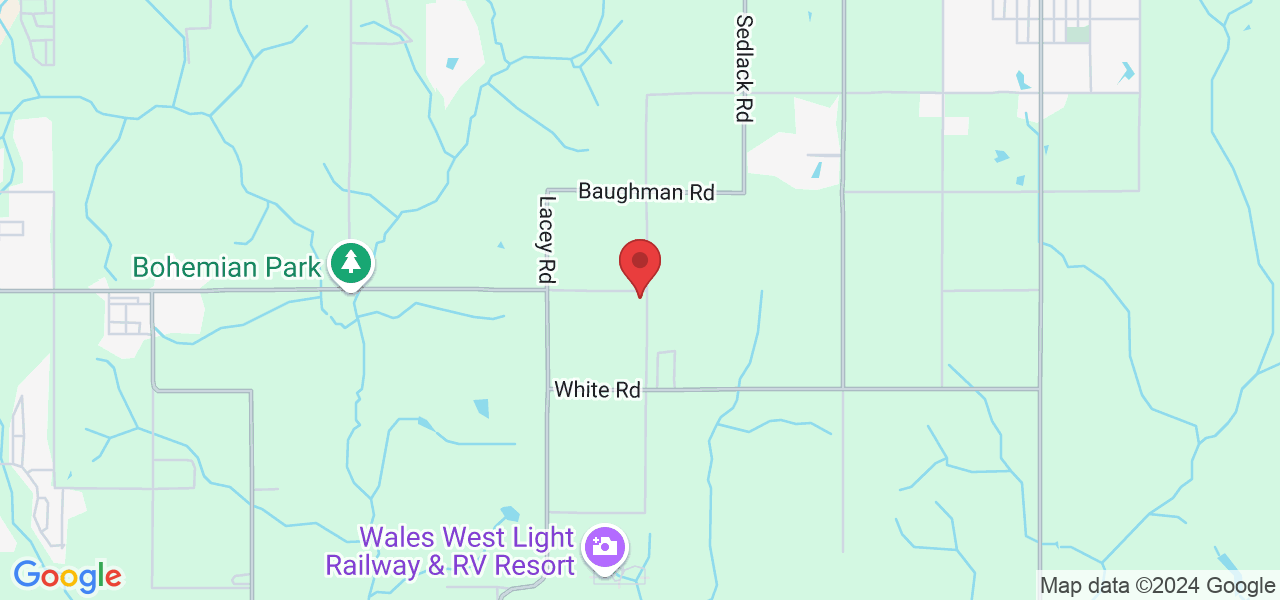20421 Bohemian Hall Road Silverhill, Alabama 36576
Carefully read all the enclosed information before installing or operating this engine.
Check and inspect shipping container for any damage. Report damage immediately to Pinnacle Aircraft Engines 251-947-4848 and the shipping company.
Reinstall your engine in accordance with the appropriate airframe and engine manuals. Ensure that all mounting points, control cables, and wiring points are connected, secured, and tested.
ADD ENGINE OIL. Your engine has been drained of oil for shipping purposes. DO NOT START THE ENGINE until you add oil. Starting the engine without oil will VOID THE WARRANTY.
All takeoffs should be performed at full power. There should be no rush to reduce power to climb settings. Most engines are designed and built to operate at maximum power indefinitely. A few models are time restricted at maximum RPM; those restrictions will be called out in the Aircraft Operating Handbook as well as being marked on the tachometer.
Provided all parameters are within reasonable and airworthy limits, it is generally best to make final idle and mixture adjustments after the first flight rather than before. Remember that it is always advantageous to be familiar with
any idiosyncrasies of the particular aircraft, its control systems, and instrumentation. This will help to preclude trying to adjust airframe problems out of the engine.
On Continental fuel injected engines, it is REQUIRED that the fuel system be set-up per Service Bulletin SID 97-3C prior to flight.
Check and insure proper control function, gauge operation, and inspect for fluid leaks.
Prime the engine for oil pressure prior to first start-up.
DO NOT USE AUTO FUEL. USE OF AUTOMOTIVE FUEL WILL VOID THE WARRANTY.
The first flight should be at least one hour in duration; climb speeds should be kept high when practical and leaning in climb avoided except as necessary to maintain smooth operation at high altitudes and lean-to best power. Cruise settings should be maintained at 75% power or more whenever possible. Any sort of abusive operation such as touch
and goes, power off stalls, and 0 thrust should be avoided for the first 25 hours.
Propeller cycling should be kept to a minimum; just enough to ensure proper operation, a maximum 200 RPM drop, once. Your engine has been thoroughly tested and operated at maximum power at the Pinnacle Aircraft Engines facility. No extended running prior to flight is required or desirable. Ground operation should be limited to the time necessary to check and ensure proper control function, gauge operation, and inspect for any leaks of any sort.
Oil Temperature – Some oil temperature gauges have temperature markings and some only have a green and red arc.
Make sure your gauge has been calibrated carefully and mark your gauge accordingly. In order to help prevent corrosion, it is imperative that your engine be operating at 180-220 degrees F. Otherwise, corrosion will accumulate on wear surfaces and decrease the life of your engine. Four cycle piston engines produce almost one gallon of water per one
gallon of fuel burned. Oil temperature is critical.
Engine break-in can take as long as 100 hours or as few as 10 hours depending on cylinder bore treatment, aircraft usage, and climatic conditions. Each engine is different. It is important that the engine oil temperature be brought up to normal operating range and flown for as long as possible but no less than one hour per flight for the first 10 hours at 75% power. Check your oil level carefully. Many times you can determine when an engine has properly completed its break-in when the oil consumption stabilizes.
25 Hours – Change the oil and filter after 25 hours
After the first flight, carefully inspect all mounting points, control functions, and check for leaks. Check the oil level
Oil Requirements for Turbocharged Engines – DO NOT USE MINERAL OIL IN LYCOMING TURBOCHARGED ENGINES. As per Lycoming break-in instructions, the use of mineral oil is known to cause coking in the turbo(s).
Oil Level and Oil Consumption – In general, if the oil level of an engine is kept full it will usually blow out the top quart in as little as an hour. It is commonly accepted practice to run a quart or two lower than full; i.e. 10 quarts maximum in a 12 quart engine. Remember that on engines with an oil cooler, the oil temperature is thermostatically controlled. Twelve quarts of oil will not run any cooler than 10 quarts; heat is dissipated in the cooler, not the sump. For best oil consumption calculations, checking the oil should be done and compared cold to cold with the aircraft sitting in the
same attitude. Differences in attitude caused by changes in strut extension or uneven ramps will cause changes in
oil quantity readings.
© 2025 Pinnacle AirCraft Engines. All Rights Reserved.

